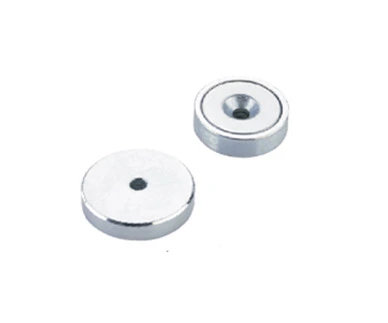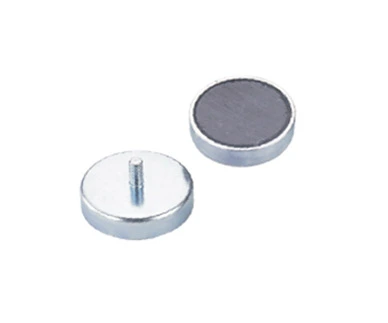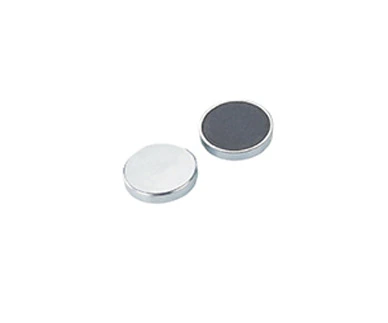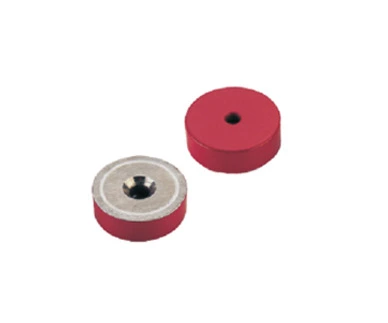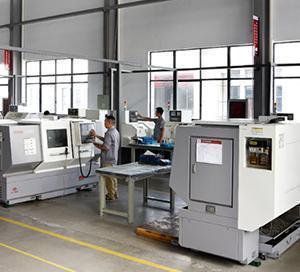If you need magnets with special shapes and sizes, you need to customize them. If you want the customised magnets to fully fit your project, you need to consider the magnet material and magnet shape.
Consider Magnet Material for Customized Magnets
There are several types of magnetic materials, and the type of material you need depends on the value you want to get from the product or how you want to use it, to decide the material you need for customised magnets.
Neodymium Iron Boron: Neodymium Iron Boron is divided into sintered neodymium iron boron and bonded neodymium iron boron, and the most widely used in the market is sintered neodymium iron boron. Nd magnets also have multiple uses, such as neodymium tile magnets, neodymium ring magnets, and neodymium cylinder magnets, especially for manufacturing motor magnets.
Samarium Cobalt: Samarium Cobalt magnets are relatively high in value, resistant to high temperatures, and corrosion-resistant, generally, there is no coating treatment. The main characteristic of Samarium Cobalt magnets is high-temperature resistance.
AlNiCo: AlNiCo magnets have low coercivity, and if not handled carefully, they are easy to demagnetize and are hard and brittle. They are most suitable for high-temperature applications.
Ferrite/Ceramic Material: Ferrite materials can be used in a variety of electronic devices. This is because of their hard, brittle, and polycrystalline nature and the fact that they are inexpensive and easy to process.
Consider Magnet Shape for Customised Magnets
There are many shapes of magnetic materials, and these shapes determine how magnets are used. The shape of each magnet determines the strength of its pulling force and the arrangement of magnetic lines outside the magnet. Here are some common choices for customised magnets:
Square Magnet: Square magnets are usually straight-sided hexahedrons with all angles at right angles (90°). These types of magnets are mainly used for fixing applications, and they are installed in the channel to help increase their fixing force. When using square magnets for customization, you need to provide data on the length, width, and height of the magnet.
Round Magnet: Round magnets are flat, thin circular magnets with a thickness not exceeding their diameter. They are the most common and commonly used magnet shape. Disc magnets are widely used for holding applications. Like block magnets, you must also provide data on the length and diameter of the magnet.
Arc Magnet: Arc magnets are usually used for special situations, such as motors, generators, and AC generators, especially rotors and stators. Similarly, you need to provide specifications for the outer diameter, inner diameter, length, and angle of the magnet.
Ring Magnet: Ring magnets have several interesting applications, such as proving magnetic repulsion in scientific experiments and sometimes in medicine. Depending on the purpose of the customization, you need to provide the correct magnet outer diameter, inner diameter, and length information.
 English
English 日本語
日本語 한국어
한국어 français
français Deutsch
Deutsch Español
Español italiano
italiano русский
русский português
português العربية
العربية
